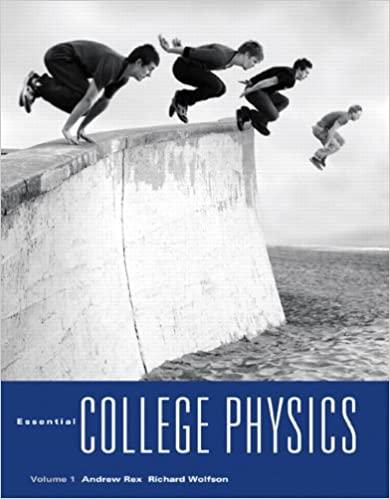Question
Physics Content Covered: Ch 4 Motion in Two and Three Dimensions 4.4 Projectile Motion Ch 6 Force and MotionII 6.1 Friction Ch 8 Potential Energy
Physics
Content Covered: Ch 4 Motion in Two and Three Dimensions 4.4 Projectile Motion Ch 6 Force and MotionII 6.1 Friction Ch 8 Potential Energy and Conservation of Energy 8.5 Conservation of Energy Ch 9 Center of Mass and Linear Momentum 9.7 Elastic Collisions in One Dimension
Directions: Answer the following problems below by showing the complete solution. In return, I will give you a good rating. Thank you so much!
Note: Please be careful with the calculations in the problem. Kindly double check the units, significant digits, and the solution and answer if there is a deficiency. And also, kindly read the note I have put in every problem.
Thank you so much!
1. Note: The "Blue Icon" means "The Tolerance is 1 in the 3rd significant digit."





Step by Step Solution
There are 3 Steps involved in it
Step: 1

Get Instant Access to Expert-Tailored Solutions
See step-by-step solutions with expert insights and AI powered tools for academic success
Step: 2

Step: 3

Ace Your Homework with AI
Get the answers you need in no time with our AI-driven, step-by-step assistance
Get Started


